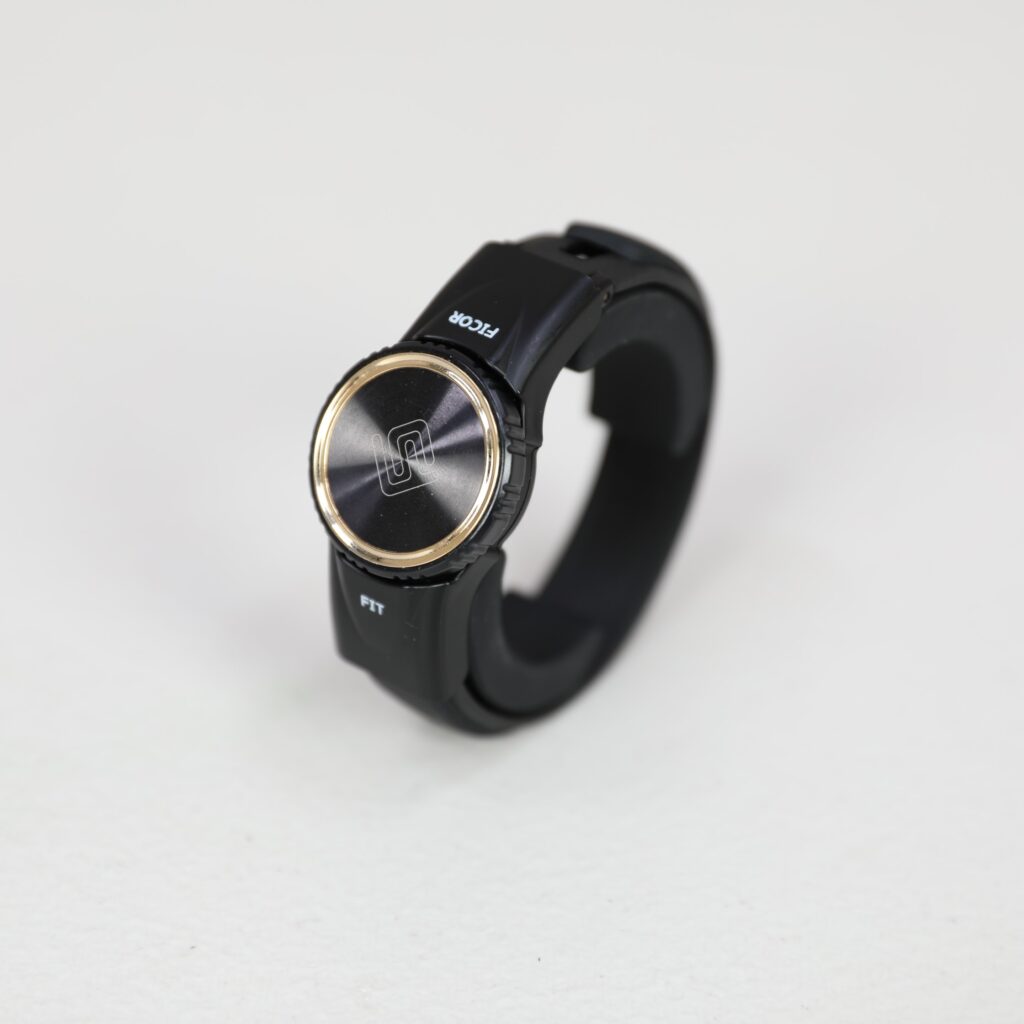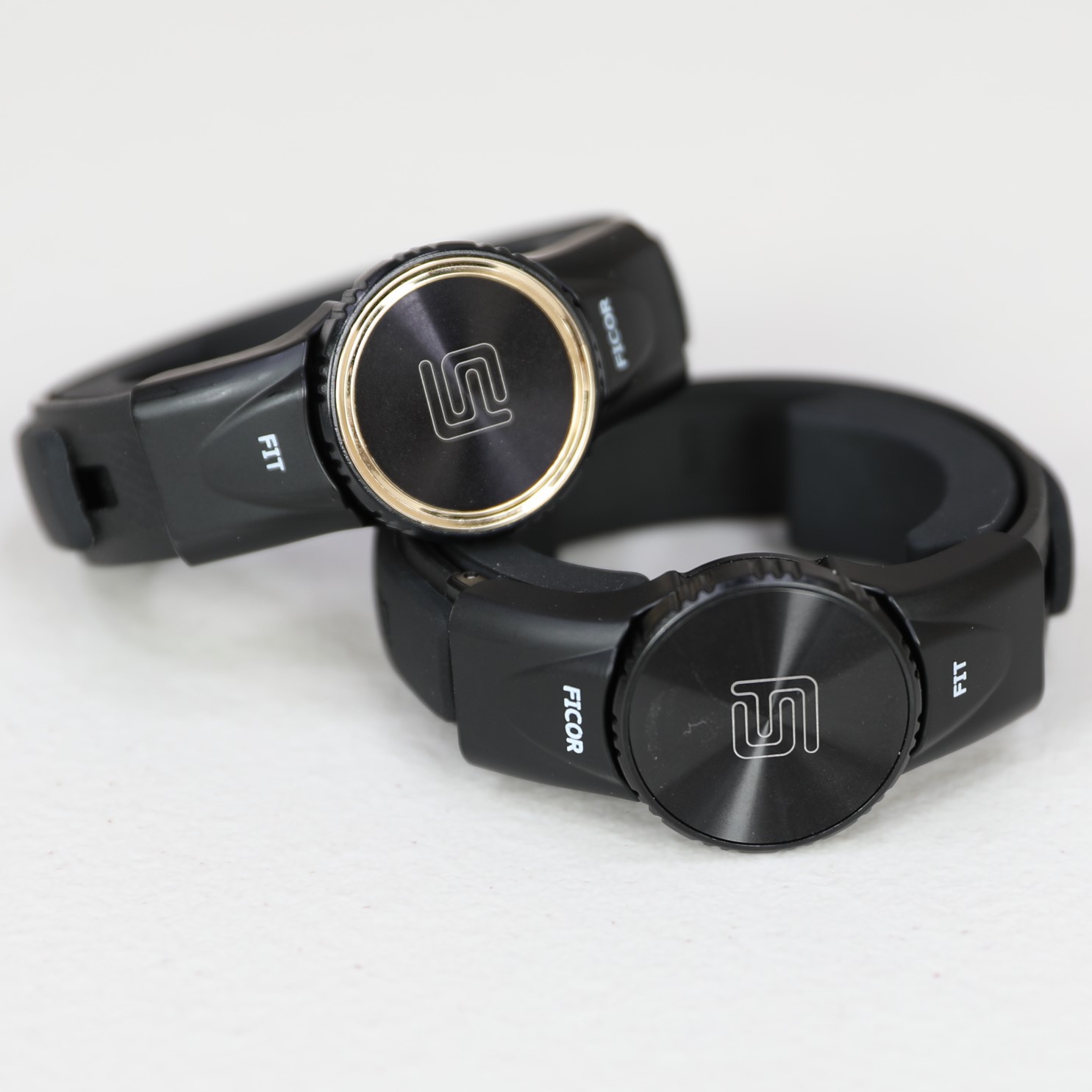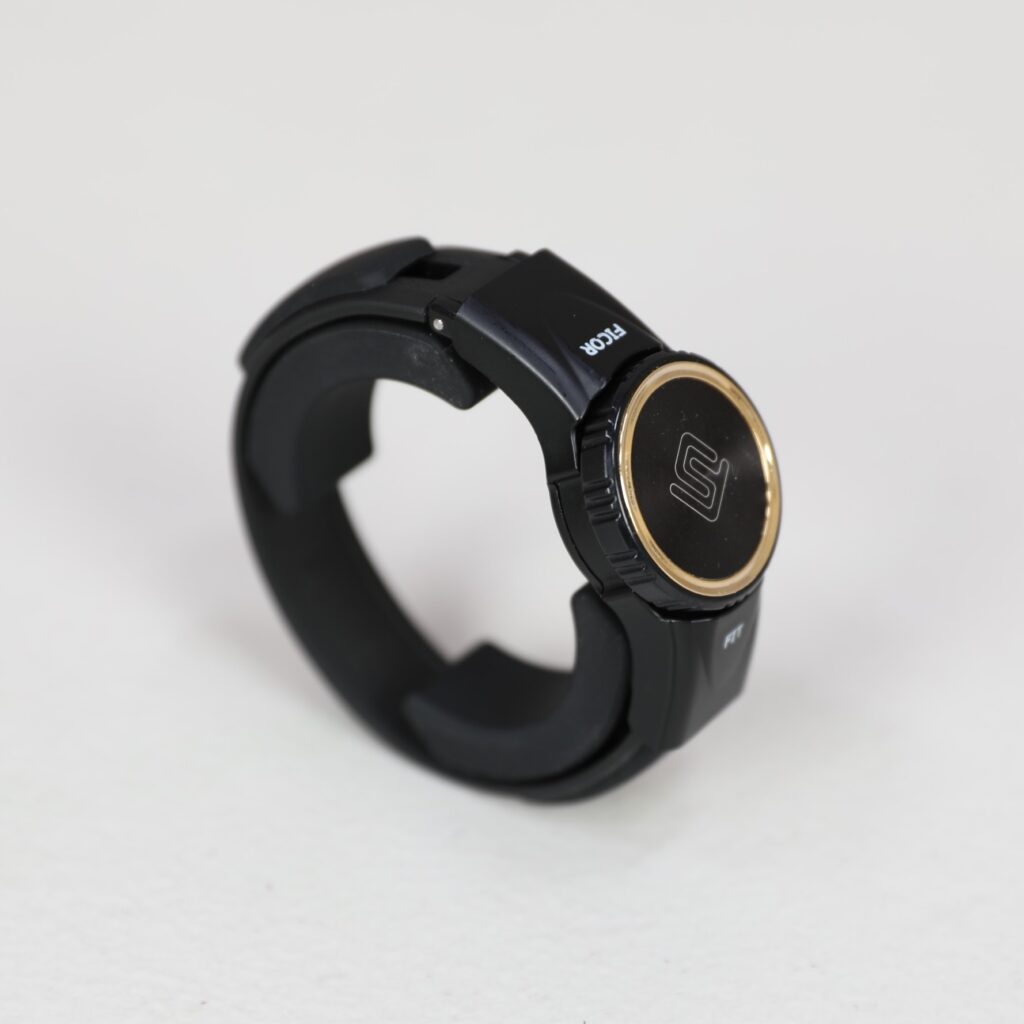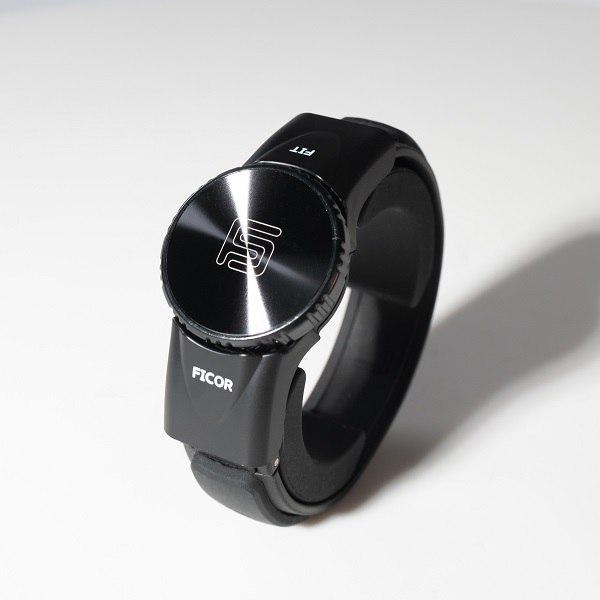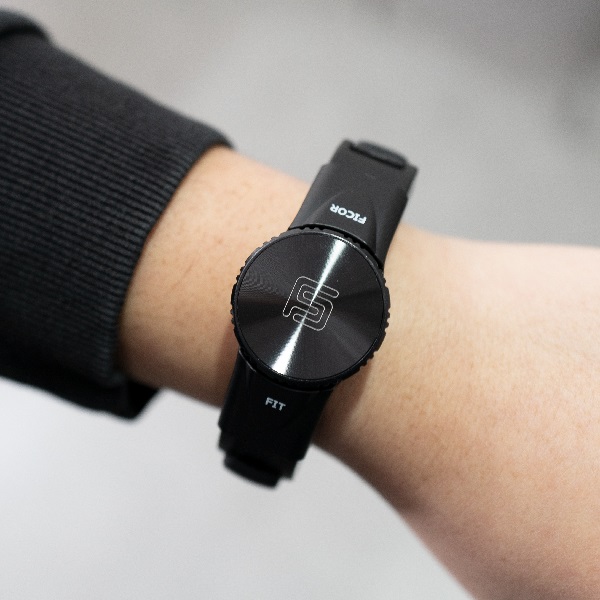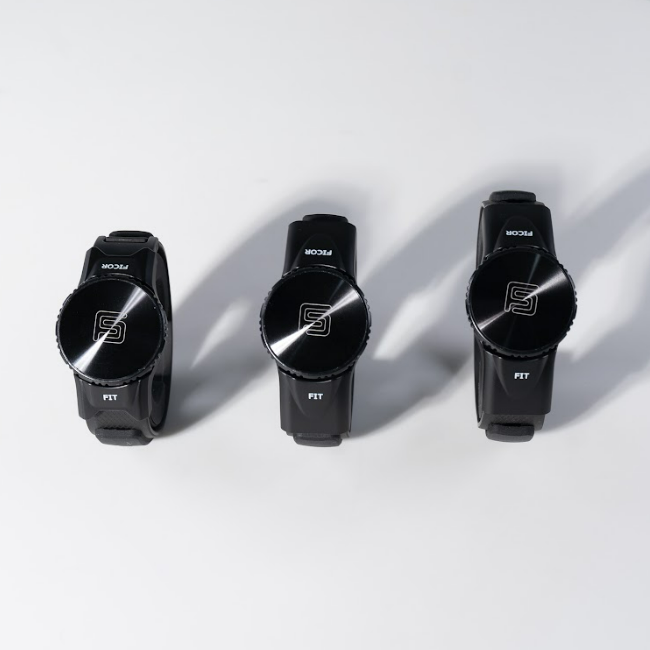Ships within 10 days.
30 Day Money-Back Guarantee
U.S. Company
Tennis Elbow Pain Relief
Wristband for Tennis Elbow Pain Management
What is Carpal Tunnel Syndrome?
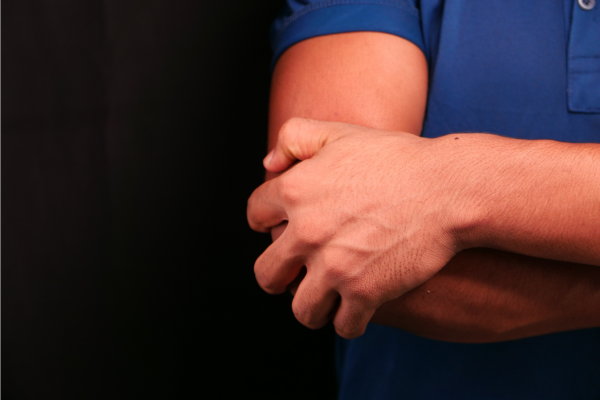
Tennis elbow, formally known as lateral epicondylitis, is a common and painful condition that primarily affects the outer part of the elbow. It is characterized by pain and tenderness around the lateral epicondyle, which is the bony prominence on the outer aspect of the elbow. This condition is not exclusive to tennis players, despite its name, and can affect individuals from various walks of life. Its prevalence has been on the rise in recent years.
Can Tennis Elbow cause wrist pain?
Tennis elbow can cause wrist pain, although the primary location of pain is typically on the outer part of the elbow. Tennis elbow is an overuse injury that affects the tendons and muscles of the forearm, particularly those that attach to the humerus bone in the elbow. Because the forearm tendons and muscles are interconnected and play a role in wrist movement, the strain and inflammation associated with tennis elbow can lead to secondary symptoms, including tennis wrist pain. Here’s how tennis elbow can potentially contribute to wrist pain:
Muscle and Tendon Interaction: The muscles and tendons involved in tennis elbow are part of the same muscle group responsible for wrist extension. When these muscles and tendons become inflamed and painful due to tennis elbow, it can affect their function and, consequently, wrist movement.
Altered Movement Patterns: To compensate for the pain in the affected forearm, people with tennis elbow may unconsciously alter their wrist and hand movement patterns. These can place additional stress on the wrist and lead to wrist pain.
Radiating Pain: Sometimes, tennis elbow pain can radiate or refer to nearby areas, including the wrist. This can create the sensation of pain in both the elbow and the wrist.
Overuse: Activities that contribute to tennis elbow, like repetitive gripping and wrist extension, can also strain the wrist joint and surrounding structures, leading to concurrent wrist pain.
While wrist pain associated with tennis elbow is possible, it’s important to distinguish between the two conditions and receive a proper diagnosis from a healthcare provider. Other conditions, such as wrist tendonitis or carpal tunnel syndrome, can also cause wrist pain.
How do I know if I have Tennis Elbow?
 Symptoms of tennis elbow are:
Symptoms of tennis elbow are:
– Pain: The primary symptom is pain on the outer part of the elbow, specifically near the bony bump called the lateral epicondyle. This pain can range from mild discomfort to severe and may worsen with gripping or lifting objects.
– Weakness: Some individuals with tennis elbow experience weakness in their grip strength, making it challenging to perform everyday tasks.
– Stiffness: Stiffness in the elbow joint may accompany the pain, especially in the morning or after periods of inactivity.
– Tenderness: The area around the lateral epicondyle can be tender to the touch.
What triggers or exacerbates Tennis Elbow pain?
Tennis elbow develops due to repetitive motions or activities that involve gripping and wrist extension, such as tennis, painting, plumbing, typing, or carpentry. The repeated strain on the forearm tendons can cause small tears or inflammation, leading to the symptoms of tennis elbow.

Are you suffering from Tennis Elbow?
Experience the innovative design
of the Ficor Goldilocks wristband
Does Tennis Elbow heal on its own?
Recovery time for tennis elbow can vary significantly from person to person, and without proper care, symptoms may persist or worsen. Rest, avoiding activities that exacerbate symptoms, and using ice can help reduce inflammation and promote healing. In more severe cases or when symptoms persist, invasive surgery and physical therapy may be necessary to resolve tennis elbow pain relief.
Can you get Tennis Elbow pain from activities other than tennis or golf?
Tennis elbow is not limited to just tennis players or golfers; it can occur in anyone who repeatedly uses their forearm muscles and tendons, leading to overuse and strain. This condition typically develops over time.
What’s the fastest pain relief for Tennis Elbow?
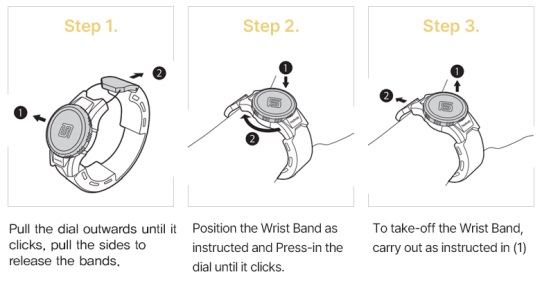
The fastest pain relief for tennis elbow often involves a combination of strategies to reduce inflammation and provide immediate comfort. Here are some options for fast tennis elbow relief:
Rest: Give your affected arm and tennis elbow self-care and a break from activities that exacerbate the pain, especially those that involve gripping or repetitive wrist extension.
Ice: Apply ice or a cold pack to the painful area for about 15-20 minutes at a time, several times a day, to help reduce inflammation and numb the pain.
Nonsteroidal Anti-Inflammatory Drugs (NSAIDs): Over-the-counter NSAIDs like ibuprofen or naproxen can provide quick relief by reducing pain and inflammation. Follow the recommended dosage instructions.
Wristband: Wearing a Ficor Fit wristband or a Ficor Advanced wristband can alleviate symptoms of tennis elbow pain and discomfort.
Elbow Brace or Strap: Wearing an elbow brace or strap (tennis elbow brace) just below the affected area can help alleviate pain by reducing strain on the tendon.
Topical Pain Relievers: Over-the-counter topical creams or gels containing NSAIDs or capsaicin may offer fast relief when applied directly to the painful area.
Ergonomic Adjustments: Make adjustments to your workspace, tools, or equipment to minimize strain on the affected arm and elbow.
Avoid Triggering Activities: Identify and avoid activities or movements that worsen your symptoms.
Gentle Stretching: Perform gentle wrist and forearm stretches to improve flexibility and relieve tension.
While these methods can provide quick pain relief, they may not address the underlying cause of tennis elbow.
What’s the recovery time for Tennis Elbow?
Tennis elbow recovery time varies depending on the condition’s severity and the effectiveness of treatment. In mild cases, recovery can take a few weeks to a couple of months with conservative measures. Moderate cases may require several months of treatment, including rest, physical therapy, and possibly corticosteroid injections. Severe cases with significant tendon damage or chronic inflammation may take several months to a year or more to fully recover, potentially requiring surgery. Individual responses to treatment vary. Consistent treatment and preventive measures contribute to a faster recovery.
How long do you have to wear a Tennis Elbow wristband or brace?
How long you need to wear a Ficro wristband for tennis elbow treatment can vary depending on your condition and your healthcare provider’s guidance. They can be worn temporarily for support. In more persistent or severe cases, continuous or daily use may be recommended. Some people use them preventively.
How can the Ficor Fit band help relieve Tennis Elbow pain?
The Ficor Fit band is a wristband designed to help relieve tennis elbow pain. By applying pressure on the affected tendons, the Ficor Fit band reduces stress on injured tendons. Compression from the band increases blood flow to the area, supporting and stabilizing tendons and muscles affected by tennis elbow while reducing inflammation and pain during movement. Ficor Fit lowers muscle fatigue by providing external support to the forearm muscles. The Ficor Fit wristband comes in a range of sizes and is made of Thermo Plastic Elastomer (TPE). The wind-wire dial allows easy control and release of pressure while the sides of the band place pressure on the two-column bones for stabilization.
Is it okay to wear the Ficor Fit band at night for Tennis Elbow pain relief?
Wearing a Ficor Fit wristband at night provides continuous support and compression for tennis elbow pain relief. Our wristband reduces swelling and inflammation in tendons and muscles, helping to stabilize the joint and reduce strain while sleeping. By limiting movements during sleep, the wristband can prevent accidental aggravation of Tennis Elbow, allowing the affected area to rest and recover. The Ficor Fit and Ficor Advanced wristbands alleviate pain and discomfort during night and day while wearing a stylish and comfortable wristband that blends in with your lifestyle.
You can also wear our Ficor Fit wristband to help with Carpal Tunnel, Triangular Fibrocartilage Injuries, Tendonitis, Sprained Wrist, or De Quervain’s Syndrome.
Wrist Pain Symptoms
Symptoms of CTS include pain and tingling in the wrist & fingers, numbness/weakness in the hand.
Golfer’s elbow occurs when the tendons and muscles in the forearm are overused.
The symptoms of Tennis Eblow can include pain, swelling, and stiffness in the elbow.
Repetitive Strain Injury (RSI) is caused by repetitive motions such as typing, sewing, or using a mouse.
Triangular Fibrocartilage injuries are caused by overuse or misuse of a muscle or joint.
Wrist tendonitis is inflammation of the wrist tendons and can affect all ages.
Wrist sprains are characterized by twisting or rotating the wrist suddenly.
De Quervain’s Tenosynovitis causes pain and tingling in the wrist or hand.
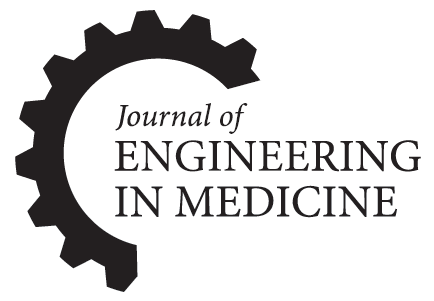



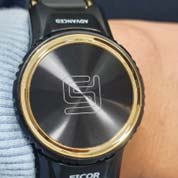
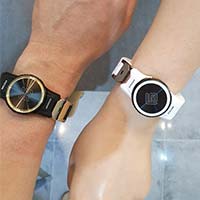
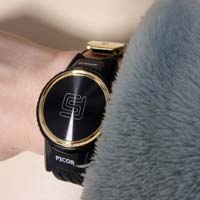
© Ficor Health, Inc. | All Rights Reserverd

